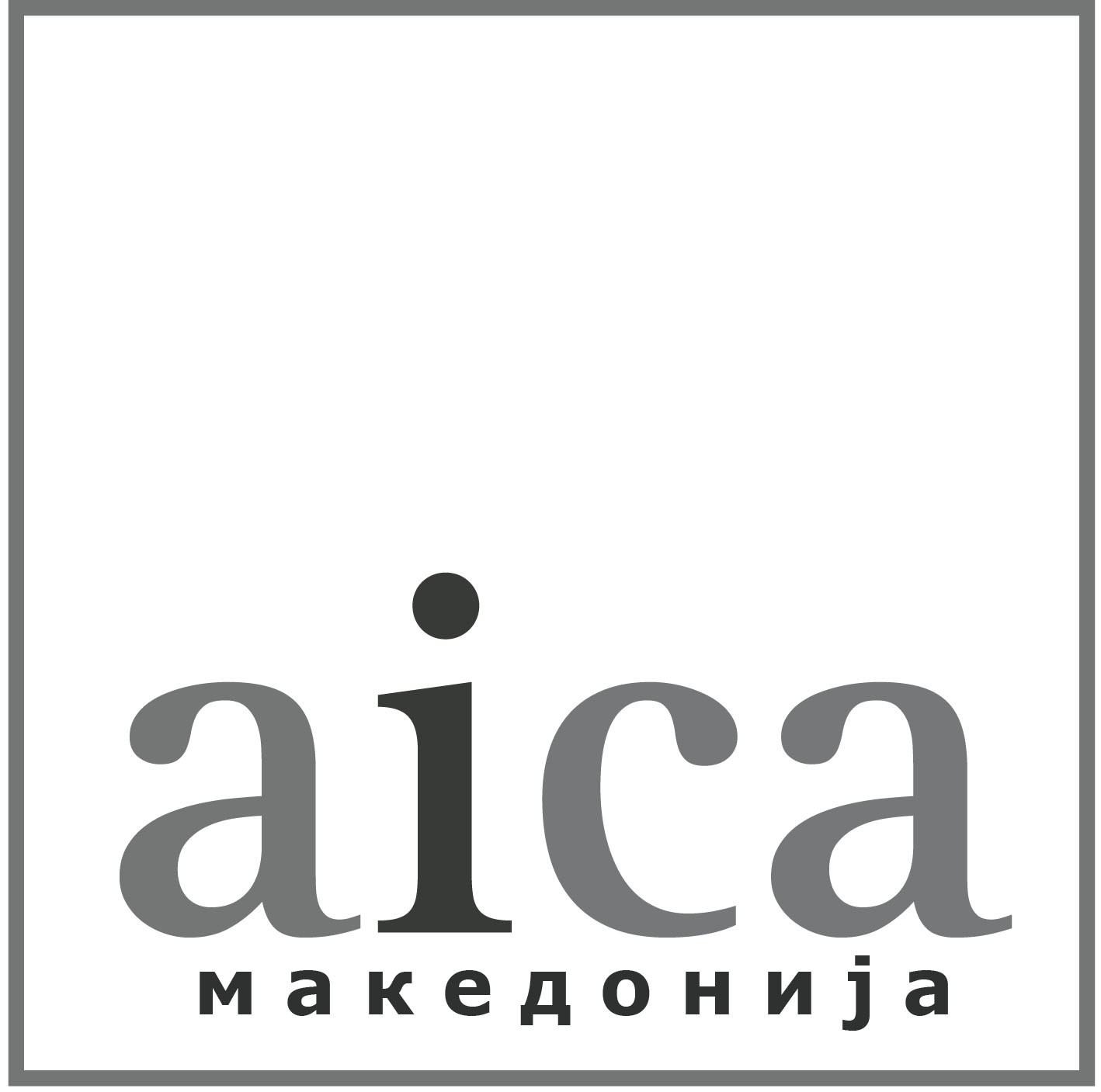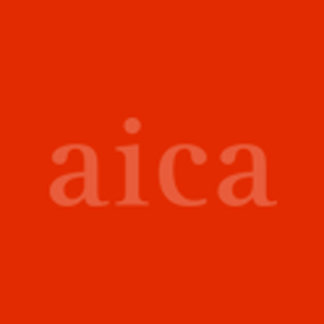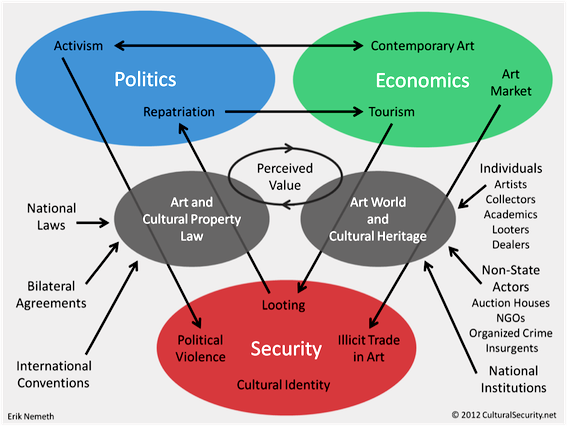Symposium in partnership with Culture+Conflict, Royal College of Art, London 26, 27 October 2015
Who Cares?
Cultural Intelligence: Value, Veneration and Criticality
What are the ethical tensions for the contemporary artist and critic when art becomes a global currency at a time of extreme inequality and instability?
Contemporary art has never been more visible or venerated. The idea of the contemporary art work as crypto-relic was recently argued in ‘Traces of the Holy’ by Matthew Bown in the Times Literary Supplement April10 2015. It was also a focus of the exhibition “Objects of Devotion and Desire – Medieval Relics to Contemporary Art” at the Hunter College USA 2011. The extreme veneration of art in a hyper inflated market has created a self referential world where human and financial resources are spent in what Bown describes as ‘the general awestruck acquiescence in the business of art’. In 2014 the state of Qatar staged Damien Hirst’s retrospective, titled with ironizing pathos Relics. Meanwhile, the Art Newspaper diligently reports monthly on the cultural cleansing of Syria, Iraq, Mali and Libya which runs unchecked; “All eyes on Palmyra “…. number 269 June 2015.
The artist Hito Steyerl takes a clear eyed view: Duty-Free Art e.flux 03/15
“To brutally summarize a lot of scholarly texts: contemporary art is made possible by neoliberal capital plus the internet, biennials, art fairs, parallel pop-up histories, growing income inequality. Let’s add asymmetric warfare—as one of the reasons for the vast redistribution of wealth—real estate speculation, tax evasion, money laundering, and deregulated financial markets to this list.
To paraphrase philosopher Peter Osborne’s illuminating insights on this topic: contemporary art shows us the lack of a (global) time and space. Moreover, it projects a fictional unity onto a variety of different ideas of time and space, thus providing a common surface where there is none.12
Contemporary art thus becomes a proxy for the global commons, for the lack of any common ground, temporality, or space.
It is defined by a proliferation of locations, and a lack of accountability.”
Accountable for what and to whom? How does the contemporary artist and critic respond to these realities? Can critical integrity be reclaimed and what is the potential for critics to contribute to a wider cultural intelligence?
За повеќе детали види на: http://aicainternational.org/en/congress-schedule/


